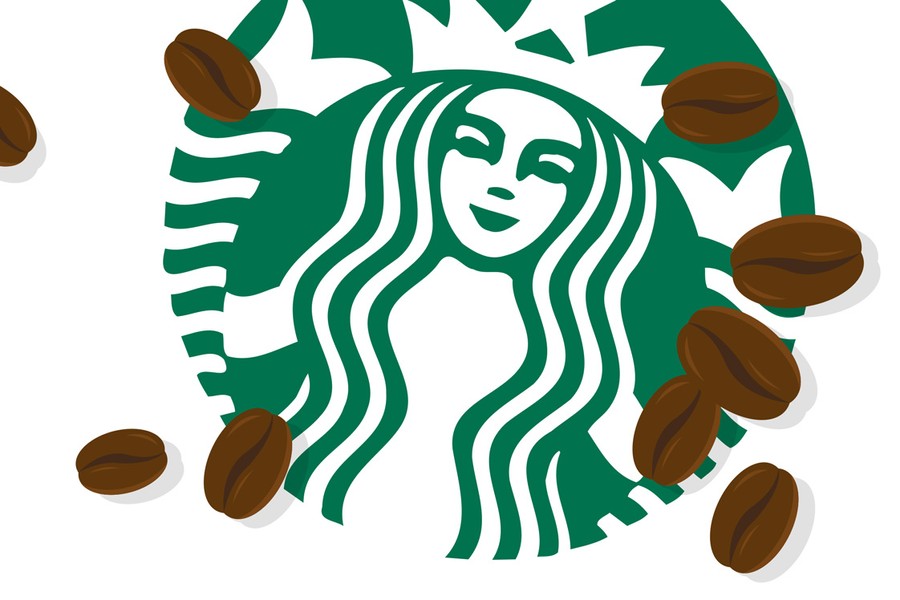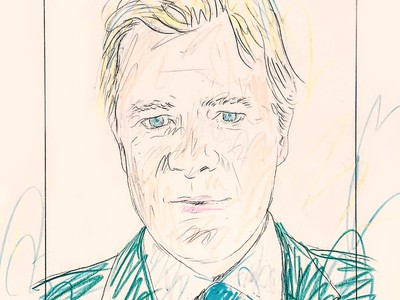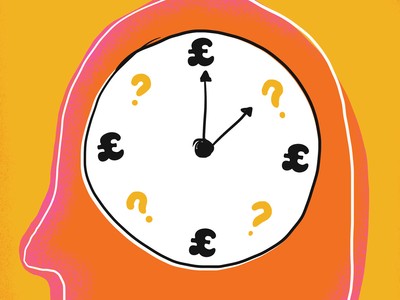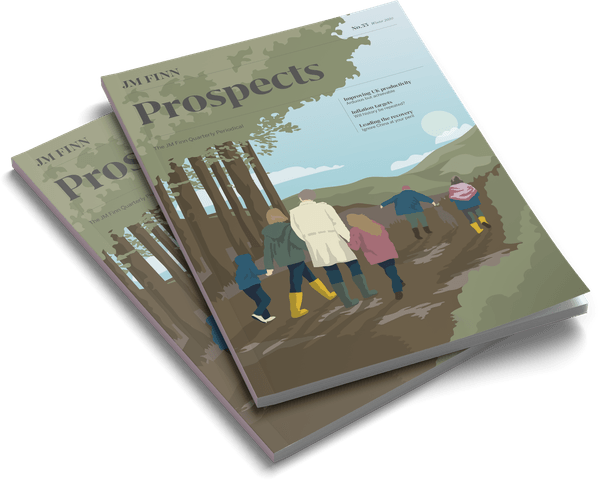In 1982, Howard Schultz joined the business to expand sales and marketing. In 1983, Schultz travelled to Italy to learn more about European coffee culture where he was impressed by the popularity of Italian coffeehouses serving freshly brewed caffé latte to consumers.
Upon his US return, Schultz convinced Starbucks’ original founders to trial the concept but they lacked conviction in his idea. Undeterred, Schultz left Starbucks to create ‘Il Giornale’, a speciality coffeehouse making fresh coffee beverages for consumers using Starbucks’ coffee. By 1987, Schultz’s determination had paid off and ‘Il Giornale’ had acquired Starbucks to create the modern day Starbucks Corporation.
Since then, Starbucks has expanded rapidly across the US, aiming to be the ‘third space’ – a safe and welcoming coffeehouse outside the home or workplace where consumers can relax and socialise whilst soaking up freshly brewed coffee aromas.
This approach has resulted in Starbucks being recognised as a leading direct to consumer (on-trade) premium coffee brand operating in over 80 markets globally with a significant store estate, c.31,000 coffeehouses. This on-trade segment is crucial for Starbucks’ success, accounting for over 90% of its revenue.
This store estate is split fairly equally between company owned stores and company licensed stores. It is worth highlighting that Starbucks, unlike peers, prefers to own its stores and doesn’t like to franchise its store portfolio. Instead, it prefers to license out a collection of stores or even an entire regional market to a single large operator. Whilst the difference may appear subtle, in practice, we think this approach helps to ensure higher quality standards and consistency for Starbucks’ stores across the world and is part of the reason Starbucks has built and maintained a high customer service rating whilst expanding rapidly.
In the US, coffee culture is well established. Consumers are estimated to drink c.300 cups of coffee per year
Since 2018, we have seen Starbucks increasingly licence out its European store estate. This appears to reflect the more competitive coffeehouse market on the continent. European consumers are more selective and opinionated towards their coffee preferences meaning larger chains find it harder to resonate. With higher wages, less flexible labour markets and higher rents, the store operating profitability in Europe is less favourable than other markets.
In contrast, Starbucks are much more excited about the growth prospects and attractiveness of the US and Chinese coffee markets. To monetise the scale and growth opportunities in these regions, management try where possible to fully own coffeehouses here. This approach is more capital intensive and means Starbucks’ financial results are more exposed. Yet cutting out a third party leaves Starbucks with a larger share of the profit pie, if the stores are successful. This disciplined approach to regional dynamics demonstrates the quality of management – focus on areas of competitive advantage and strongest growth!
In the US, coffee culture is well established. Consumers are estimated to drink c.300 cups of coffee per year, yet this is still below coffee consumption in some European countries. Prior to COVID-19, Starbucks identified that c.80% of American customer orders represented ‘on the go’ transactions – consumers increasingly want to grab a takeaway beverage rather than drink in-store. This has implications for Starbucks’ store estate particularly in busy urban centres. Over time, management need to reduce the number of larger ‘third space’ stores with lots of seating and instead offer smaller format operations. If done right, this newer model could deliver higher order throughput with lower staff and rental costs which could prove margin accretive.
Meanwhile, in China, coffee culture remains in its infancy. Consumers in China’s most developed cities consume just 30 cups of coffee per year, suggesting considerable potential growth runway ahead. If, as we suspect, household wealth increases and China’s middle class expands, Starbucks’ customer base could swell too. This should give the business considerable runway to build out its traditional ‘third space’ stores alongside efficient ‘on the go’ formats.
Complementing its stores, Starbucks boasts powerful digital capabilities that we think are underappreciated by investors and help strengthen brand affinity and boost sales. For example, its app learns from customer orders to develop increasingly personalised recommendations. Moreover, its Mobile Order and Pay offering cleverly links up to its store order management system to fulfil remote orders in a timely fashion.
Outside its popular coffeehouses, Starbucks also has an off-trade business where its branded coffee beans, pods and ready-to-drink products are supplied into supermarkets and convenience stores. While off-trade is relatively small, c.8% of 2019 revenue, it expands Starbucks’ traditional reach into ‘on the go’ and in home consumption - acting as a profitable brand extension play.
However, for Starbucks, an important structural risk to consider is whether the COVID-19 pandemic accelerates the ‘working from home’ trend. If working from home becomes more permanent, Starbucks’ on-trade business could suffer less footfall and with limited off-trade exposure, the overall business may require a meaningful restructure.
Illustration by Adam Mallett





